Jerez de la Frontera: The Underrated Gem of Spain
Saturday, December 16, 2023
Jerez de la Frontera, a small city nestled in the south of Spain, is a treasure trove of cultural vibrancy and historical richness. Despite being undervalued as a tourist destination, it sees around 115,782 international and 199,941 Spanish tourists annually, compared to the more popular Cadiz, which reels in over three million visitors a year. Yet Jerez is an enchanting city that embodies the quintessential Spanish experience.
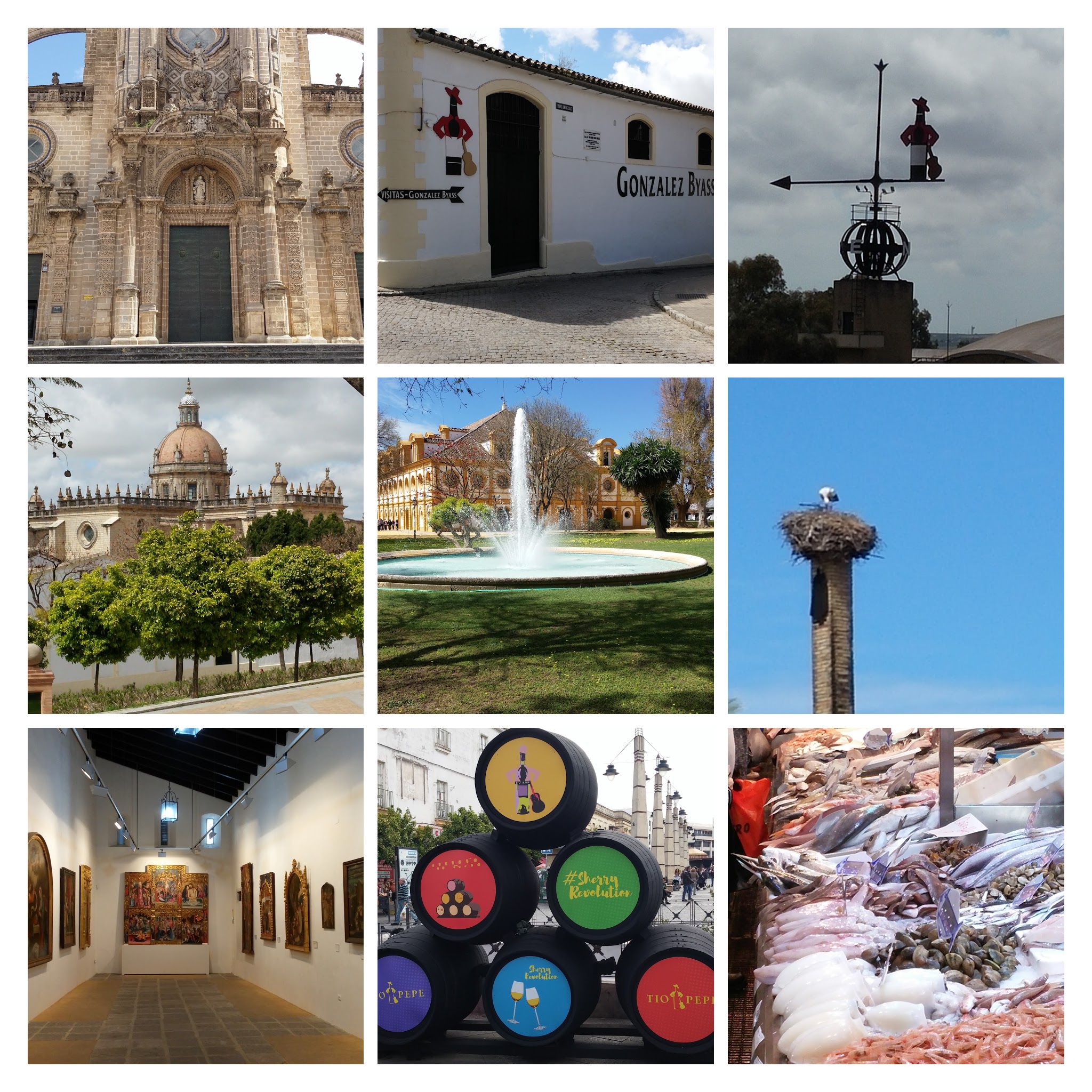
With an enticing mix of world-renowned wine and the rhythmic cadence of flamenco, Jerez's charm lies within its cobblestone streets, sherry-laden taverns, and historic palaces. Instead of chasing popular tourist traps, visitors to Jerez are advised to immerse themselves in the experiences offered simply by strolling along the streets.
Recognised as the capital of Andalucian horse culture, Jerez is the starting point of the renowned Sherry Triangle. The city presents a balance of tradition and modernity, where world-leading fashion brands are housed in centuries-old palaces and vibrant sherry taverns are pulsating with a mix of contemporary and conventional patrons.
The Enduring Echoes of History
The city’s diverse religious history is reflected in its architecture. Monumental buildings such as the resplendent local cathedral and a 12th-century Mosque inside a fortified Alcazar—a relic from the city’s Islamic past—offer a rich history lesson. The Alcazar, dating back to the 11th century, is Jerez's oldest surviving structure and houses the last remaining mosque of the original 18 scattered around the city.
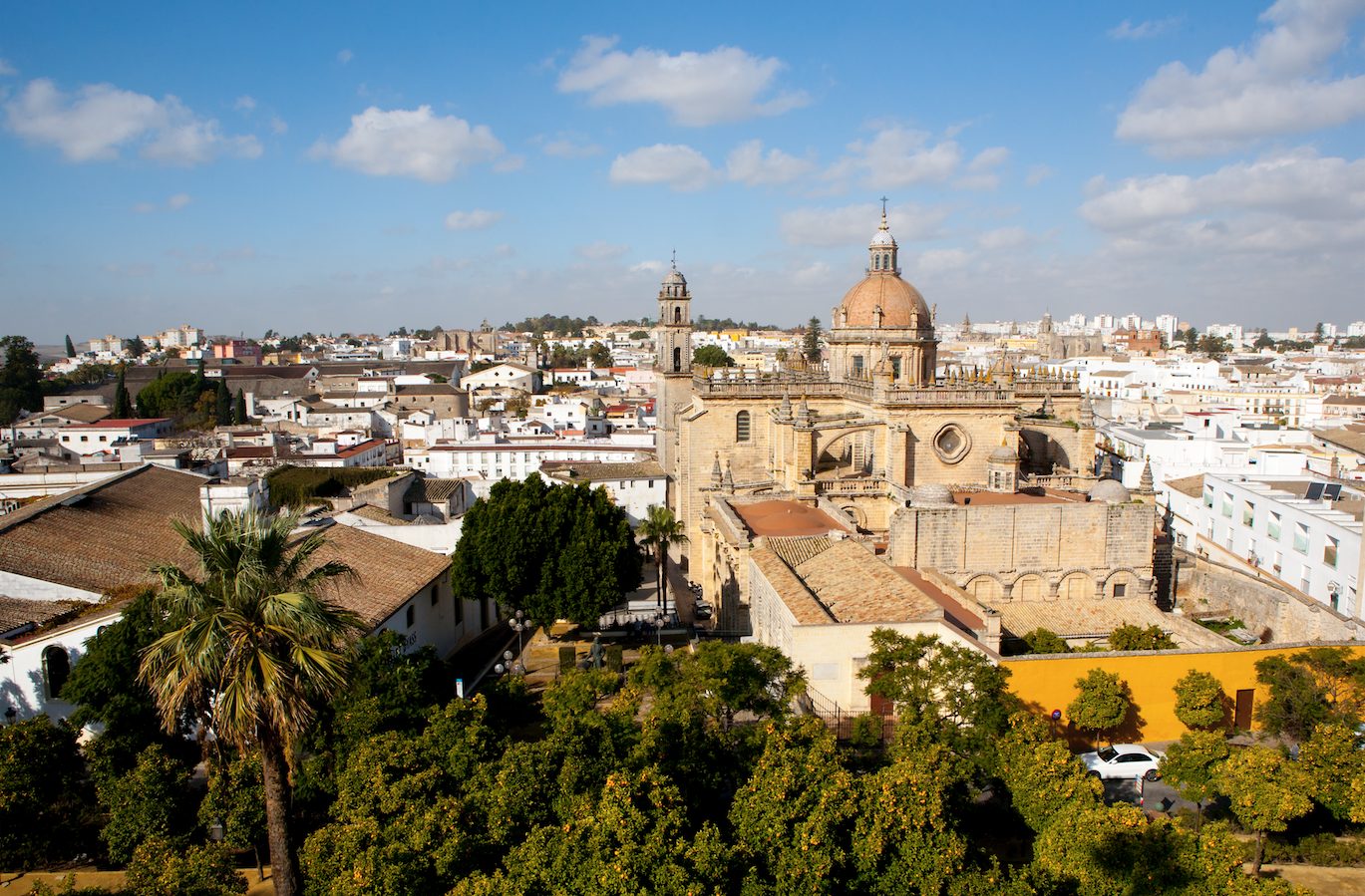
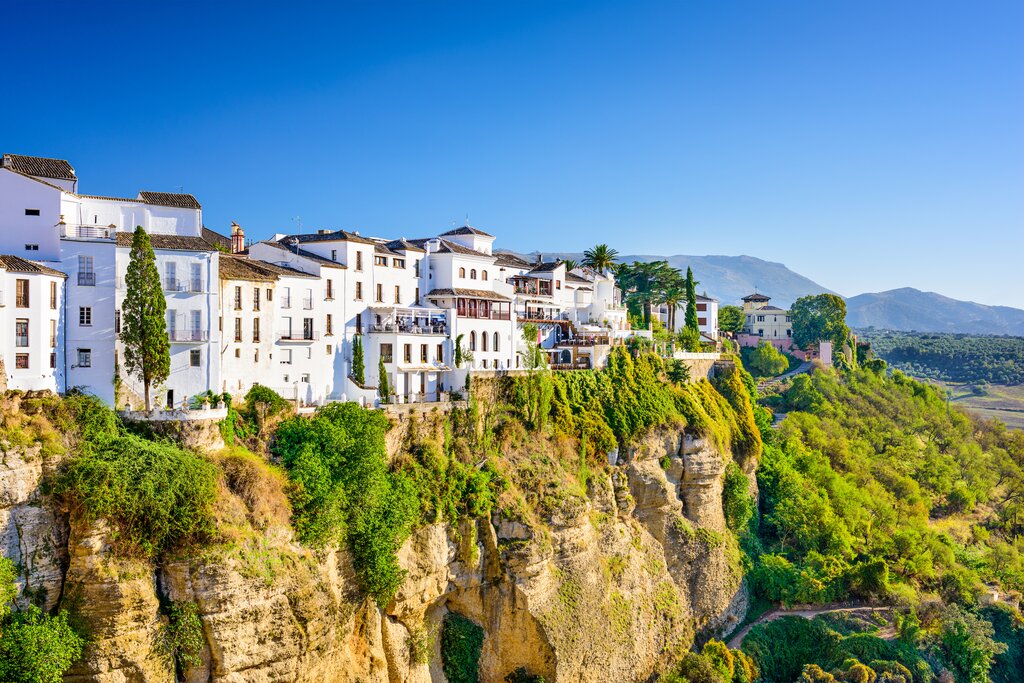
The World of Wine
One of Jerez's principal draws is undoubtedly its viniculture. The city has long been a global cradle of wine, with sherry making up a substantial segment of Jerez's export economy since the 19th century. The city's wineries fall within the Jerez-Xérèz-Sherry denominaciones de origen (DO), the Spanish equivalent of France's Appellation d'Origine Controlée (AOC) for wine regions.
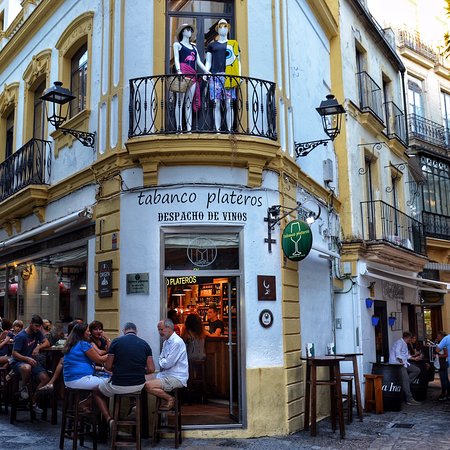
Visitors can savour the rich flavours of Jerez in traditional 'tabancos,' local taverns purveying a plethora of local wines, and explore the city’s wine heritage through various wine shops and the city's wine museum.
A Haven for Thrill Seekers
Jerez also plays host to adrenaline-infused events, such as the Motorcycle Grand Prix, held annually at the Circuito de Jerez since 1987. This event attracts motorbikers
ro m all around the world and is one of Europe's most-watched motor racing events.
Embracing Equestrian Excellence
The Royal Andalusian School of Equestrian Art Foundation in Jerez is acclaimed globally for its "How the Andalusian Horses Dance" show, a stunning exhibition of horsemanship. This highly recommended stop captivates visitors through the beauty and dexterity of well-trained horses.
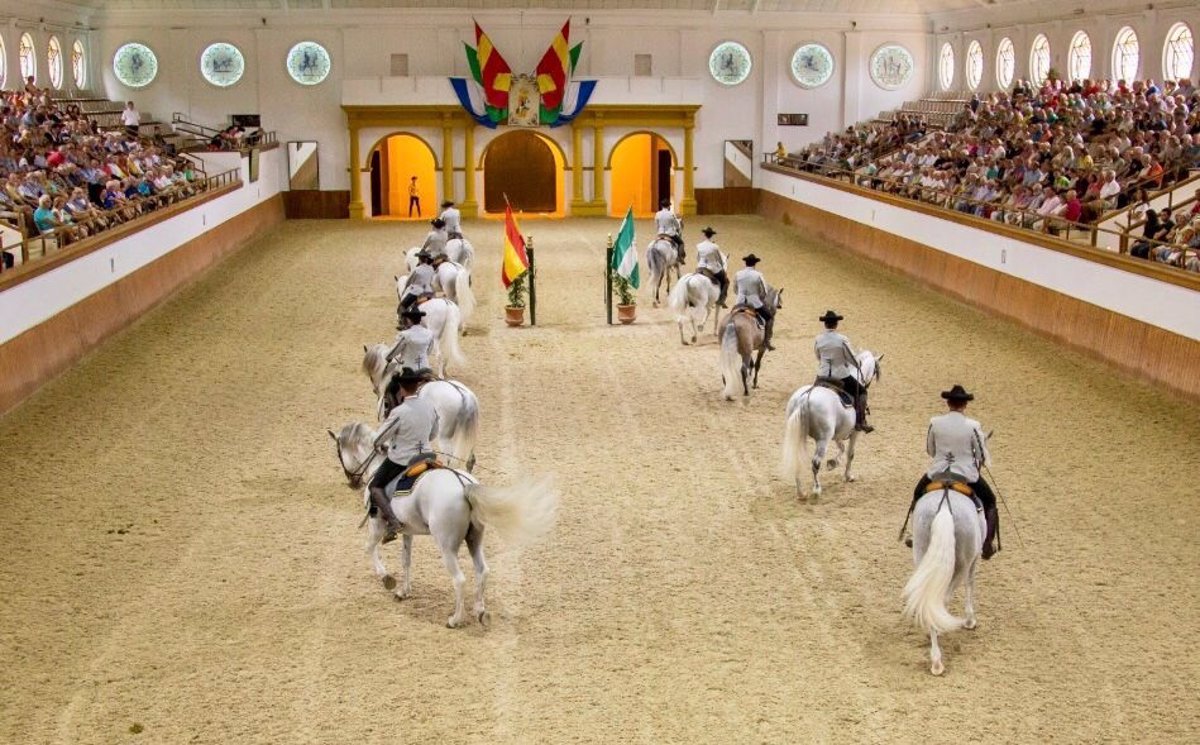
Jerez de la Frontera: A city unmarred by excessive tourism and teeming with Spanish culture and history, offers a truly unique travelling experience. This underrated beautiful city surely deserves a spot on every intrepid traveller’s bucket list.
 4
Like
Published at 1:01 PM Comments (0)
4
Like
Published at 1:01 PM Comments (0)
Four things you need to know about Cava
Friday, December 8, 2023
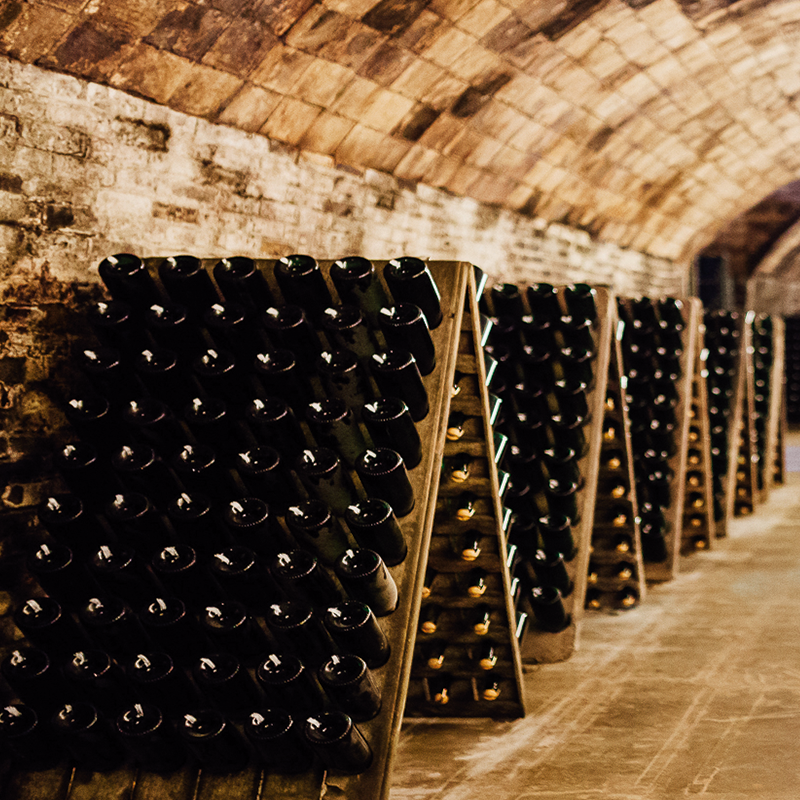 In both outdoor activities, relaxed summer afternoons and of course, at Christmas, I always find myself picking up a few bottles of Cava to enjoy with company. Cava's approachable acidity and lovely fruity flavours offer great value buys for happy hours and fun occasions! In both outdoor activities, relaxed summer afternoons and of course, at Christmas, I always find myself picking up a few bottles of Cava to enjoy with company. Cava's approachable acidity and lovely fruity flavours offer great value buys for happy hours and fun occasions!
Cava, like Champagne in France, is made with the Traditional Method of sparkling wine production, however, it can not be called "Champagne". The law prohibits using the term Champagne for sparkling wines outside of the Champagne region in France. While most people are used to calling sparkling wines "champagne", the proper name for all sparkling wines other than Champagne thus is "sparkling wine".
1. Cava Winemaking Method:
The bubbles or sparkles are produced during the Second Fermentation. In the Traditional Method of sparkling winemaking, the Second Fermentation does not take place in the pressure tank but instead occurs in the bottle, the same bottle to be sold eventually.
2. Cava Wine Regions:
In Spain, Cava is produced in DO* Cava, which includes five regions. The grapes for Cava are Macabeo (or called Viura in Rioja), Xarel-lo and Parellada. Some producers now have a proportion of Chardonnay (one of the traditional grapes for Champagne) for its flavours that are familiar to international wine consumers.
*DO, Denominación de Origen, a Spanish quality wine classification.
3. Flavours and Styles of Cava:
Cava is required to age for at least 9 months in the bottle. Such ageing time gives Cava the flavours of the pleasantly yeasty, green apple, cherry, berry, peach, and occasionally almond nut. Its clean finish with mellow acidity is always refreshing and friendly. There are quite a few different styles of Cava. Some are best to pair with appetizers, others seafood dishes, and yet others by themselves as delightful summer picnic wine or aperitif.
4. Sweetness Levels of Cava:
Another style difference is its various levels of sweetness. What's called Brut Nature would have only up to 3 grams of sugar per litre of Cava wine, and when the sugar level increases to Extra Brut, it could include up to 6 grams of sugar per litre. Cava that has between 0 and 15 grams of sugar per litre is called Brut. The rest of the Cava has an increased sweetness level that most palates can detect. From low to high levels of sugar, these are Extra Dry, Dry, Semi-Dry and finally Sweet.
A bottle of beautiful Cava could be about €10. What a bargain to add sparkles to your life!
Written by: Bonny-Morgan Lin
About the author:
Bonny-Morgan Lin is the author of the book, "A Crash Course in Wine - 7 Days to Become a Wino". With WSET Certificate, and French Wine Instructor Certificate. Bonny is a passionate wine educator & personal wine coach through her wine tasting seminars and webinars.
 2
Like
Published at 8:01 PM Comments (0)
2
Like
Published at 8:01 PM Comments (0)
The December Calendar in Spain
Friday, December 8, 2023
 Christmas is all but upon us. A time for traditions, celebration, gifts and, above all, joy: the day of the “Santos Inocentes”, cribs, family dinners, Three Kings’ parades, New Year’s grapes… Should you decide to spend your Christmas in Spain you will find a country transformed although not as it is back in the UK. Excessive Christmas decorations, lights and cheesy Christmasy TV adverts are few and far between. If you are not careful you could even miss that fact that Christmas is around the corner... but then again, Christmas is celebrated differently here. Christmas is all but upon us. A time for traditions, celebration, gifts and, above all, joy: the day of the “Santos Inocentes”, cribs, family dinners, Three Kings’ parades, New Year’s grapes… Should you decide to spend your Christmas in Spain you will find a country transformed although not as it is back in the UK. Excessive Christmas decorations, lights and cheesy Christmasy TV adverts are few and far between. If you are not careful you could even miss that fact that Christmas is around the corner... but then again, Christmas is celebrated differently here.
Calendar of Christmas Events:
December 8th – This is the public holiday of Immaculada (Feast of the Immaculate Conception) which marks the beginning of the religious Christmas celebrations. Most notable in Seville.
21st December – In a few cities including Granada the celebration of Hogueras (bonfires) takes place. This date marks the winter solstice (shortest day) and where it is celebrated involves people jumping through fires to protect themselves against illness.
22nd December – All over Spain people never stray far from a TV or radio as the Christmas lottery is drawn over a period of many hours. Everybody in Spain buys tickets for this lottery in the hope of winning El Gordo (the fat one) and the winning number usually means that a good number of people from the same village become a lot better off overnight. Besides the big three prizes there are thousands of smaller prizes shared by people all over Spain. You can buy Spanish Christmas lottery tickets online.
24th December – Christmas Eve is called Nochebuena in Spanish (The Good night) and it is the most important family gathering of the year. In the evening people often meet early for a few drinks with friends then return home to enjoy a meal with the family. Most bars and restaurants close in the evening. Seafood platters followed by meats or roast lamb would be a typical meal rounded off with a typically Christmas sweet called turrón which is a nougat made of toasted sweet almonds. Another typical festive sweet is called Polvorones which is made from almonds, flour and sugar. Cava, Catalan 'champagne' and Asturian cider, would be the chosen drinks for the Christmas toast though plenty of fine Spanish wines will also be consumed with the meal.
25th December – Children may receive a small gift on Nochebuena or on Christmas morning but the day for presents is still 6th January, The Epiphany, when the Three Kings bring gifts for the children. However, this tradition is starting to change with the younger parents as everyone realises that if they give their presents on Christmas day the kids have more time to play with them. Christmas Day is a national holiday in Spain so shops are closed yet it is not a day of great celebration but rather a calm day when people go out for a walk, drop into a bar, visit relatives etc. Another large family meal at lunchtime is common though it’s becoming more common to see families eating out on the afternoon of Christmas day.
28th December – This is the day of Santos Inocentes (Holy Innocents) and is the equivalent of April Fools’ Day when people play practical jokes on one another. Often the national media will include a nonsense story in their broadcasts. In some villages youngsters light bonfires and one of them acts as the mayor who orders townspeople to carry out civic tasks such as sweeping the streets. Refusal to comply results in fines which are used to pay for the celebration.
31st December – New Year’s Eve is known as NocheVieja. To get involved, don’t forget to buy 12 grapes in advance. Why? According to Spanish tradition, everyone has to eat one grape in time with the striking of the clock at midnight. If you manage to eat them all on time, you will have a New Year full of luck. Although the New Year is broadcast on television, you will have an amazing time if you head for the main squares of towns and cities, normally the location of their clock towers. One of the most emblematic places to experience the celebration? Following the clock at Puerta del Sol Square in Madrid. There you will find thousands of people decked out with hats and squawkers joyfully toasting and welcoming in the New Year. Later on you can join one of the many parties held until dawn at hotels, bars and clubs
1st January – A low key public holiday with plenty of people sleeping off their excesses.
5th January – To ensure smiles on the children’s faces at Christmas, nothing better than the Three Kings Parade held on 5 January, the day before the feast of the Three Kings. In Spain it is the three Wise Men of the East, Melchoir, Caspar and Balthazar, who bring Christmas presents to children who have been good. Three Kings Parades, with their page-boys, camels and all kinds of weird and wonderful characters, make their way through the streets of villages, towns and cities all over Spain, to then leave gifts and toys at the houses. They are all spectacular, but special mention should be made of the one in Alcoi, in the province of Alicante, one of the oldest in Spain. Another is in Sierra Nevada where the Three Kings (Wise Men) can be seen to ski down to the village from the mountaintops.
6th January – This is the Feast of the Epiphany (Día de Los Reyes Magos) when the Three Kings arrived in Bethlehem. For many Spanish children, this is still the most important day of the year when they wake up to find that Los Reyes Magos (the Three Kings/Wise Men) have left gifts for them in their house. Santa may leave them some token gifts on December 25th but the Three Kings are their favourites, but this may not be the case in years to come, Santa is gaining ground on the Kings. During the day of 6th, the Three Kings continue their good work and are seen distributing gifts to children in hospitals all over Spain.
7th January – The day after receiving their gifts children return to school, their parents go back to work and Christmas in Spain is all over for another year.
Depending on where you are this Christmas ...
“Feliz Navidad” from Spain
“Bon Nadal” from Catalonia and Valencia
“Gabon Zoriontsuak” from the Basque Country
“Bo Nadal” from Galicia
 2
Like
Published at 8:00 PM Comments (0)
2
Like
Published at 8:00 PM Comments (0)
The Best Places in Spain to Enjoy the Sun in Winter
Friday, December 1, 2023
Spain is known for its sun-drenched beaches, bustling cities, and diverse landscapes. Thanks to its Mediterranean climate, the country offers mild temperatures and sunny days even during the winter months. If you're looking to get away from the cold and dark winter days of northern Europe, Spain is the perfect destination to soak up some sun. Here are some of the best places to visit in Spain during the winter months.
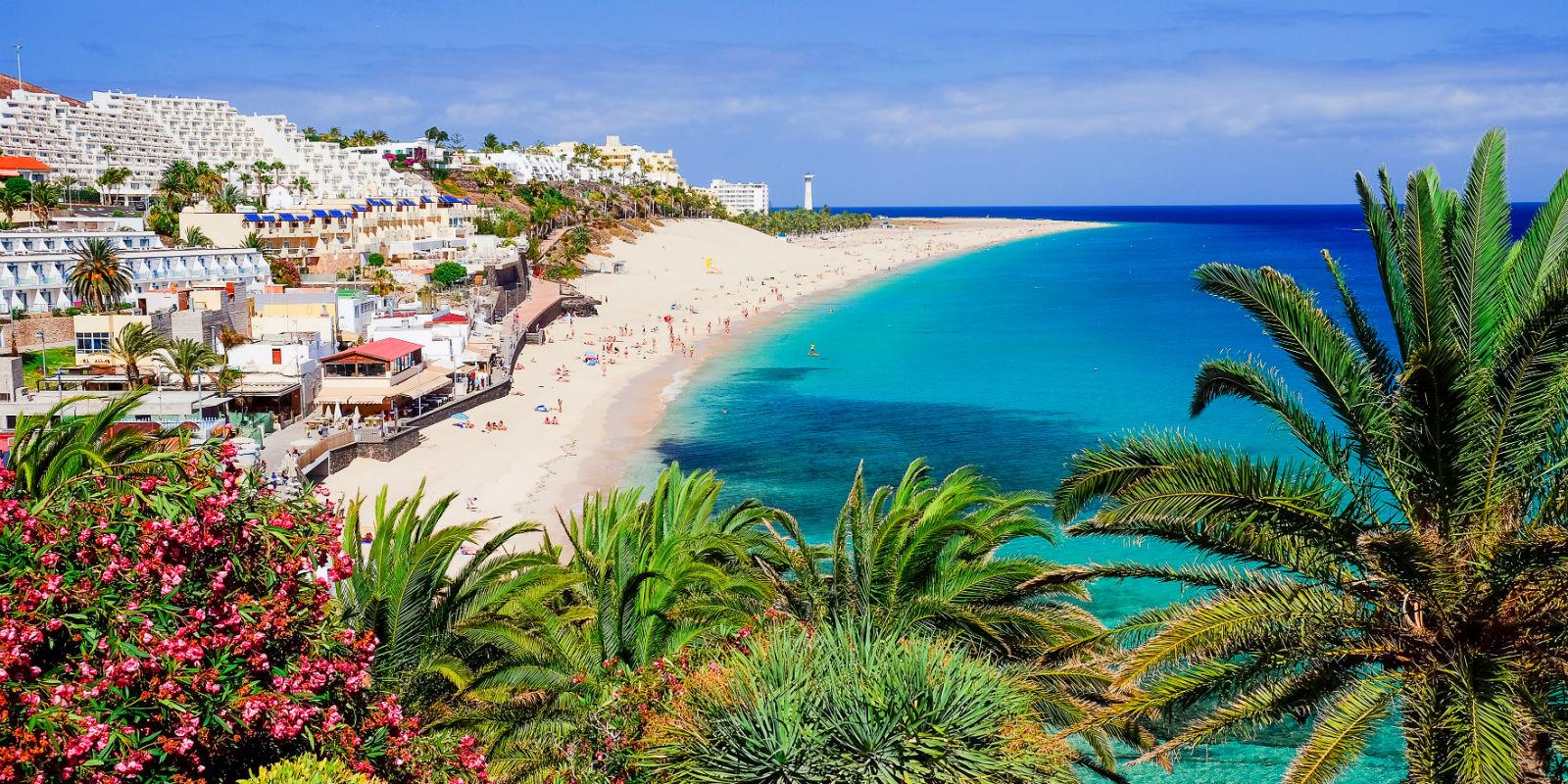
Located off the northwestern coast of Africa, the Canary Islands boast a subtropical climate and over 300 days of sunshine a year. The archipelago is a favourite destination for winter sun-seekers. Some of the top spots to visit include:
-
Tenerife: Known for its stunning beaches, volcanic landscapes, and lush green forests, Tenerife is the largest of the Canary Islands. The south coast boasts the best weather, with popular resort areas like Los Cristianos and Playa de las Américas. Don't forget to explore the Teide National Park, home to Mount Teide, Spain's highest peak.
-
Lanzarote: Renowned for its volcanic landscapes and unique architecture, Lanzarote offers a diverse range of experiences for travellers. Visit the Timanfaya National Park, explore the coastal resort of Puerto del Carmen, or take a stroll through the former fishing village Teguise.

Located in the southern region of Andalusia, the Costa del Sol is characterized by its sandy beaches, lively nightlife, and year-round warm temperatures. During winter, temperatures are pleasant, ranging between 15°C to 20°C. Some of the best spots to enjoy the sun in this region include:
-
Marbella: Known for its charming Old Town, luxury resorts, and iconic beaches, Marbella attracts both sun-seekers and celebrities alike. Wander around the cobbled streets, dine in the trendy restaurants, or hit the local golf courses.
-
Málaga: This bustling port city offers a rich history, vibrant cultural scene, and mouthwatering Andalusian cuisine. Visit the Picasso Museum, explore the Alcazaba, or just relax on one of the nearby beaches.
.jpg)
The city of Valencia enjoys a moderate Mediterranean climate during winter, with temperatures ranging between 10°C to 18°C. Valencia is the perfect combination of city life, history, and beach relaxation. Check out these popular spots:
-
City of Arts and Sciences: This futuristic complex, designed by renowned architect Santiago Calatrava, features a planetarium, opera house, and interactive science museum.
-
La Malvarrosa Beach: This picturesque beach boasts golden sands and a lively promenade lined with restaurants and cafes.
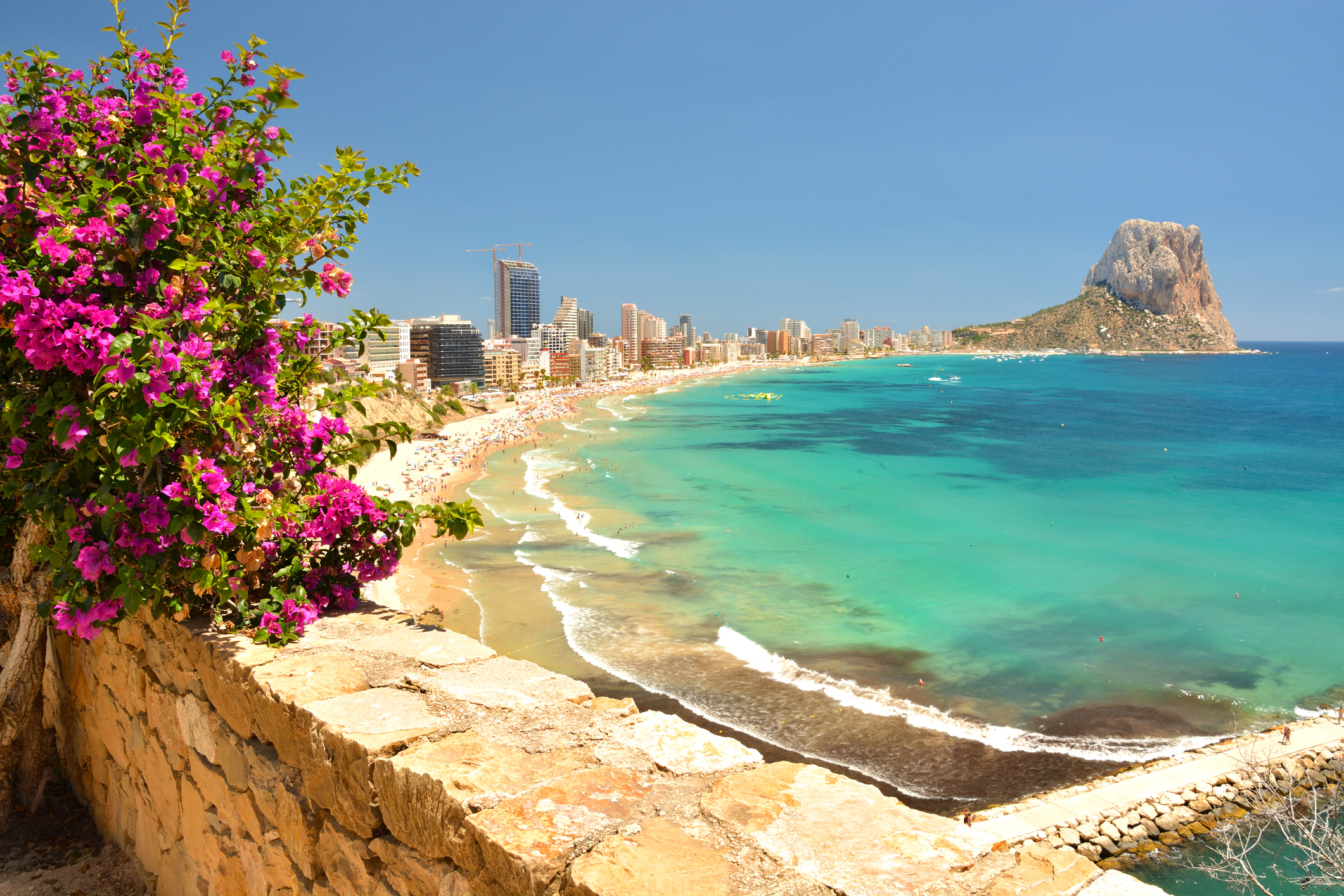
Located on the Costa Blanca, Alicante is another excellent destination for a winter sun holiday. With its excellent weather, sandy beaches, and historical sites, there's something for everyone in Alicante.
-
Santa Bárbara Castle: Perched on a hilltop, this medieval fortress offers stunning views over the city and coastline.
-
Postiguet Beach: Situated near the city centre, this beach is popular among both locals and tourists.
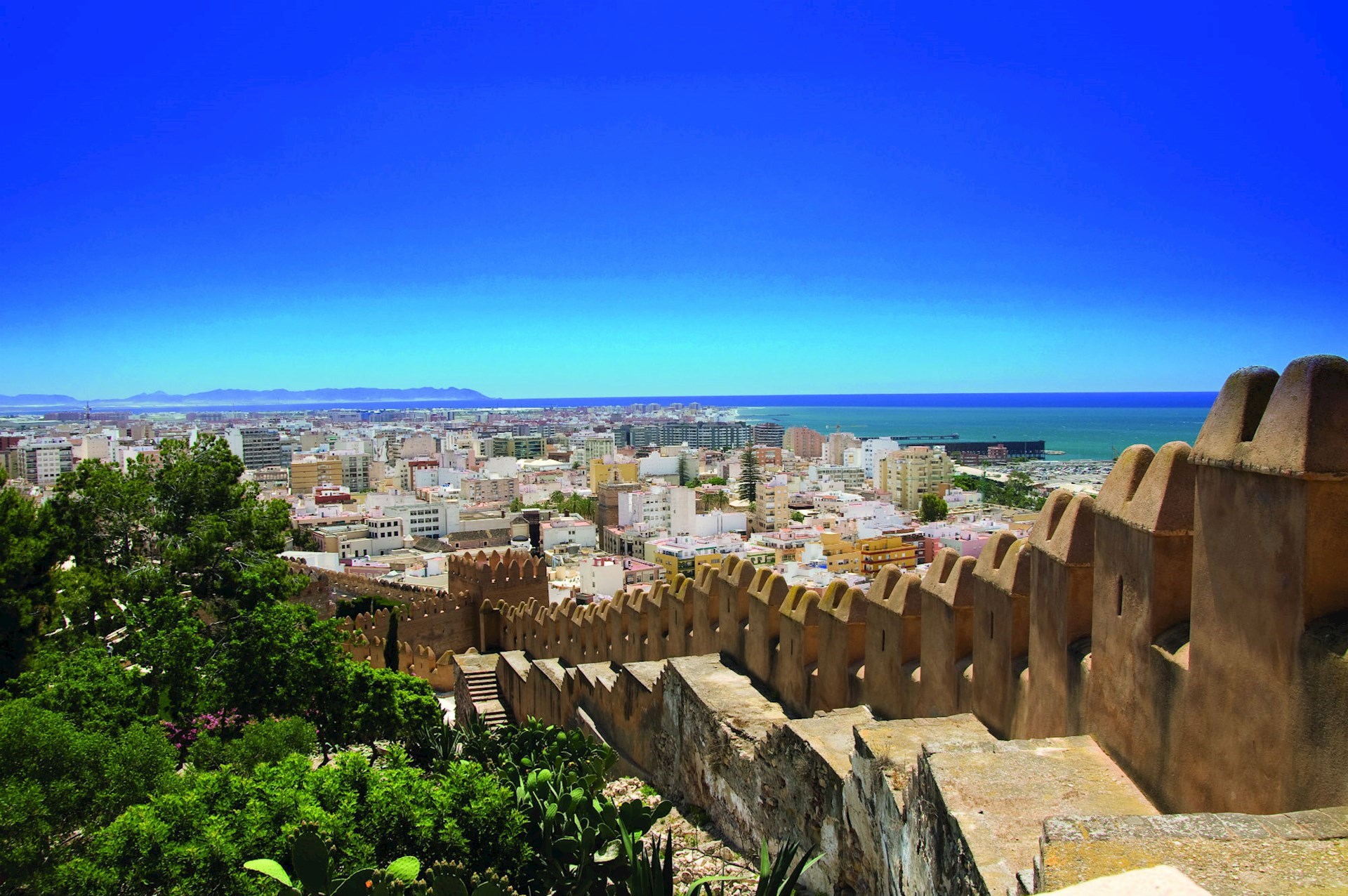
Located in the southeastern region of Spain, Almería enjoys mild winters and plenty of sunshine. The region offers a variety of landscapes, including the Tabernas Desert, Cabo de Gata-Níjar Natural Park, and beautiful Mediterranean beaches.
-
Mojácar: This picturesque whitewashed village offers breathtaking views, narrow streets, and cosy cafes.
-
Roquetas de Mar: This coastal town boasts a 13-kilometre stretch of beaches, a modern marina, and an array of golf courses.
Spain offers numerous destinations to escape the winter cold and enjoy the sun in warmer climates. From the Canary Islands to the Costa del Sol and beyond, there are plenty of beautiful locations to explore during the winter months.
 6
Like
Published at 7:23 PM Comments (0)
6
Like
Published at 7:23 PM Comments (0)
Spam post or Abuse? Please let us know
|
|